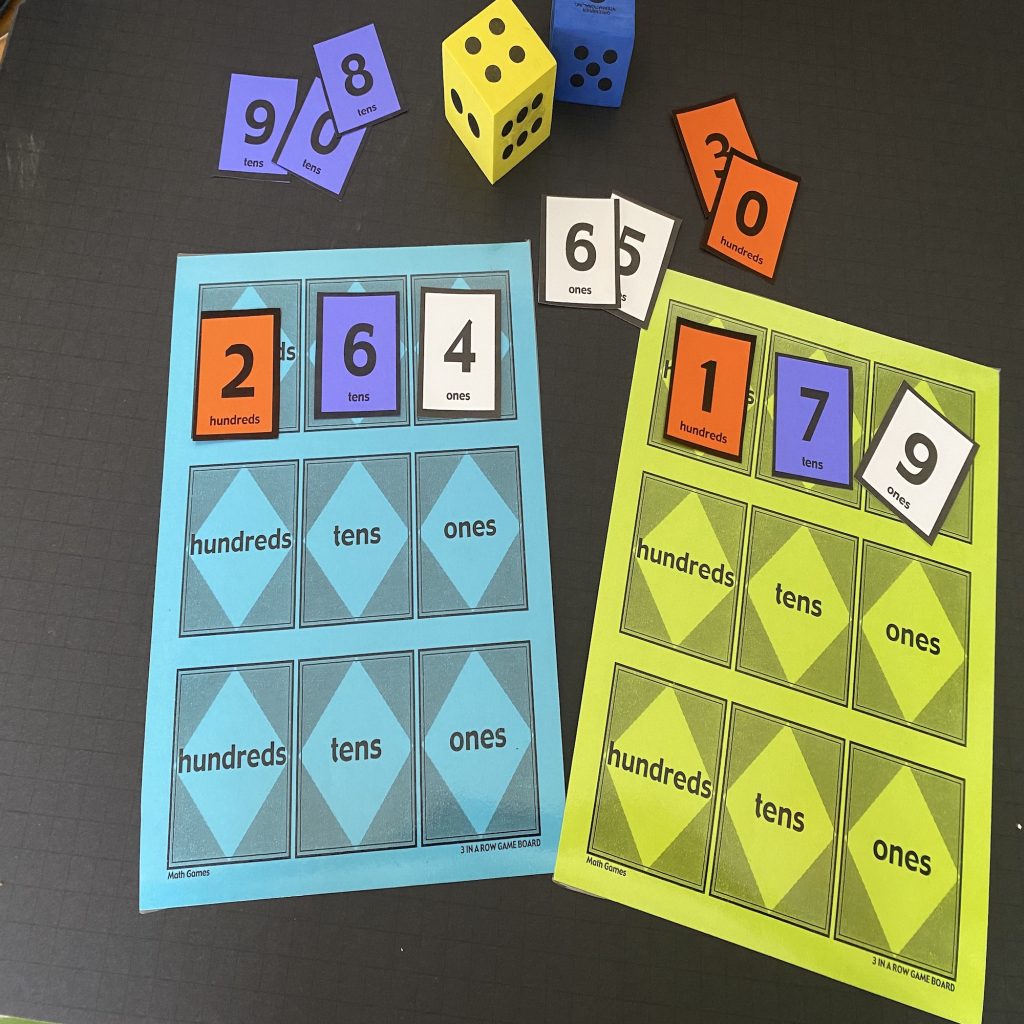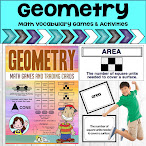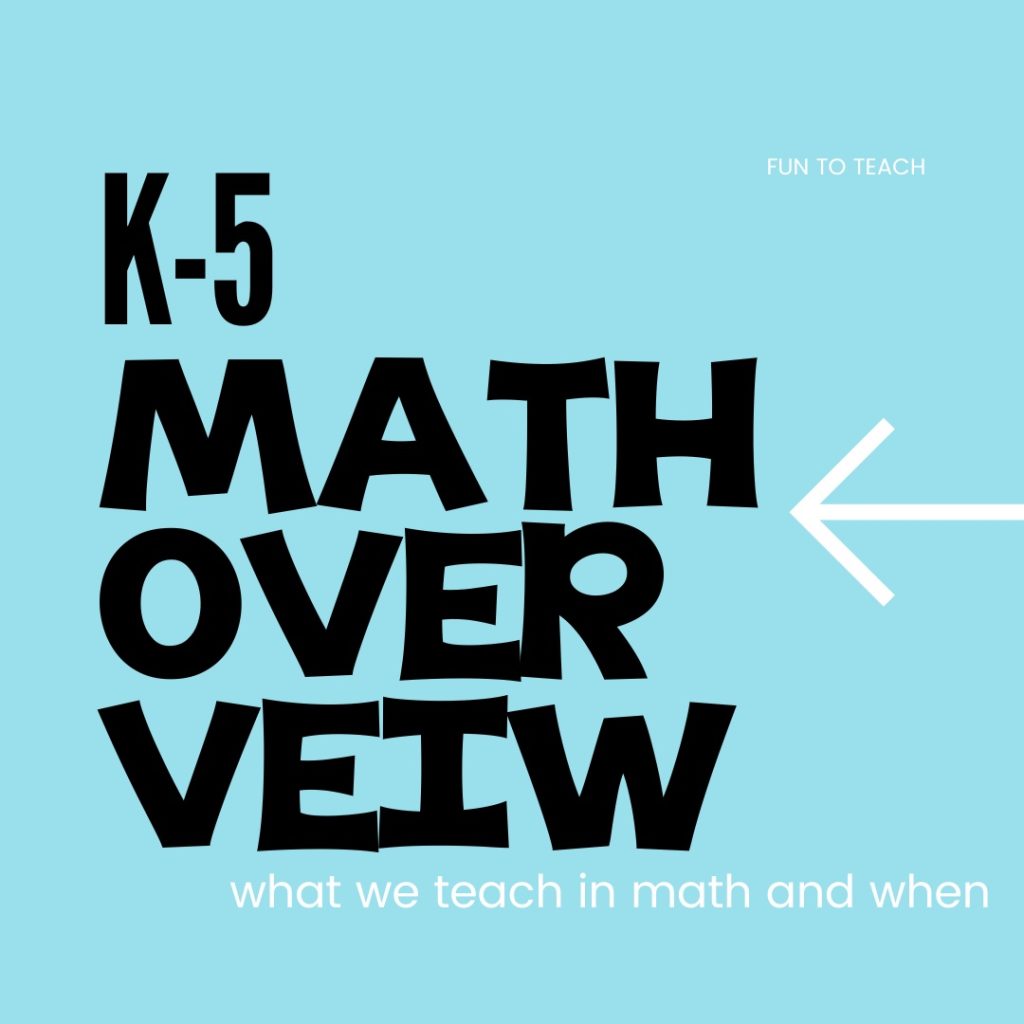Thanks for checking in with us this week! Let’s talk Math!
As educators, we all know how important math is in our students’ lives. It’s the foundation of so many skills and concepts that will serve them well throughout their lives. As elementary teachers, it’s our responsibility to provide our students with a solid foundation that will set them up for success as they continue their education.
In this blog post, I want to cover some of the basics of elementary K-5 Math by grade level. While there’s no one-size-fits-all approach to teaching math, there are some general concepts and skills that students should master at each grade level.
Here’s a breakdown of what you can expect to teach in each grade:
Kindergarten Math
In kindergarten, students will be introduced to basic math concepts such as:
🤸🏿♂️counting
🤸🏿♂️identifying numbers
🤸🏿♂️understanding basic shapes
They’ll also learn about:
🤸🏿♂️patterns
🤸🏿♂️sequencing
Important skills for building a strong foundation in math.
First Grade Math
In first grade, students will build on the skills they learned in kindergarten. They’ll learn to add and subtract single-digit numbers and will begin to understand the concept of place value. They’ll also continue to work on their understanding of patterns and sequencing.

Second Grade
In second grade, students will focus on mastering addition and subtraction of two-digit numbers. They’ll also be introduced to concepts like measurement (including time, length, weight, and volume) and money. This is a critical year for building a strong foundation in math, as many of the concepts learned in second grade will be built upon in later grades.
Third Grade

In third grade, students will continue to work on their addition and subtraction skills, but will also begin to learn multiplication and division. They’ll also focus on more advanced measurement concepts, such as perimeter and area. Additionally, students will learn about fractions and how to identify and compare them.
Fourth Grade
In fourth grade, students will continue to build on
🤸🏿♂️multiplication skills
🤸🏿♂️division skills
Students will also be introduced to more advanced concepts like
🤸🏿♂️decimals
They’ll learn how to convert between different units of measurement, and will also learn about basic geometry concepts like angles and shapes.
Fifth Grade

In fifth grade, students will focus on mastering all of the skills they’ve learned so far. They’ll work on more advanced multiplication and division problems, and will also learn about percentages and ratios. Additionally, students will focus on more advanced geometry concepts, such as volume and surface area.
As you can see, each grade level builds upon the skills learned in the previous year, and it’s critical to ensure that your students have a solid foundation in each of these concepts. Make sure to review previous concepts regularly and incorporate plenty of hands-on activities and real-world examples to keep your students engaged and excited about math.
Remember, teaching math is a process. With the right approach and the right mindset, you can help your students develop a strong foundation in math that will set them up for success in the years to come.
Best of luck in your teaching journey!




No comments:
Post a Comment